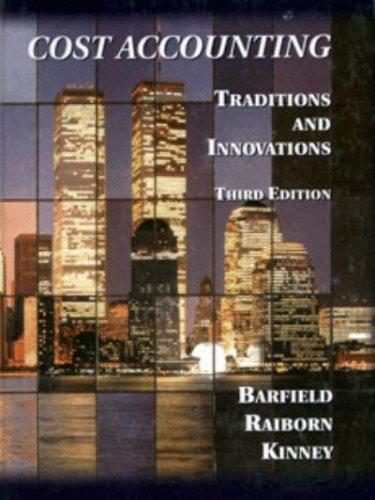Pharmaceutical companies make most drugs in mass-production processes after the products are cleared for sale by the
Question:
Pharmaceutical companies make most drugs in mass-production processes after the products are cleared for sale by the Food and Drug Administration. Addi¬ tionally, they spend huge amounts of money on research and development; the estimated cost of bringing a drug to market is almost $200 million. Flowever, a study by the Office of Technology Assessment said: IT]he pharmaceutical industry earns at least $36 million more than development costs on each new drug and is able to raise prices for brand name drugs even after they lose patent protection. The surplus return amounts to about 4.3% of the price of each drug over its product life, and the profit margin is two to three percentage points higher than in other industries.
[SOURCE: “Drug Profits Said to Outstrip R&D Costs,” Wall Street Journal (February 26, 1993),
р. B6. Reprinted by permission of The Wall Street Journal, © 1993 Dow Jones & Company, Inc. All Rights Reserved Worldwide.]
a. Which of the following types of costs do you think would be the highest for manufacturing pharmaceuticals: material, labor, or overhead? (Remember that past R&D costs cannot currently be included in overhead because they were expensed when incurred.) What kind of costing system would be most applicable to the pharmaceutical industry and why?
b. Is the pharmaceutical industry engaging in life cycle costing as discussed in Chapter 6? If so, how?
с. President Clinton has called drug prices “shocking.” Do you believe that pharmaceutical companies should be allowed to earn a significantly higher rate of return than companies in other industries? Why or why not?
d.Is it ethical to charge high prices for drugs that are life-essential for users? For drugs that are non-life-essential? Discuss the rationale for your answer(s).
LO1
Step by Step Answer:

Cost Accounting Traditions And Innovations
ISBN: 9780538880473
3rd Edition
Authors: Jesse T. Barfield, Cecily A. Raiborn, Michael R. Kinney





